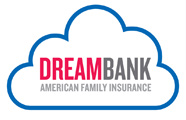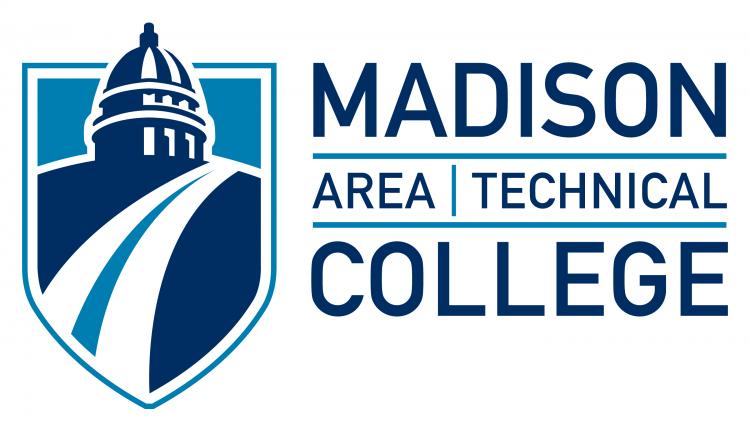
- This event has passed.

February 15, 2017 @ 12:00 am
Event Navigation
If there is just one message to take away from Wednesday’s Social Media Breakfast presentation on Crisis Communications it could be summed up in two words: Be prepared!
Megan Bykowski-Giesegh and Sarah Curry from Stephan & Brady emphasized the need to have a plan for how you are going to respond to a crisis, whether it is a couple bad Yelp reviews, a barrage of damaging comments on your Facebook page or a catastrophic event involving the very existence of your brand.
After walking through the process of creating a plan, Sarah said, “The important thing is that all this is in place before a crisis happens.”
The age of social media presents unique advantages and disadvantage when facing a crisis, they said.
Early on, one big advantage is that social media provides “immediate intelligence,” allowing us to be listening constantly to our fans and critics. “It can tip you off to a possible crisis situation coming up,” Megan said. “You can get out ahead of it and begin developing messaging.”
“Listening is also extremely powerful during a crisis,” Megan said. “It allows us to tailor our crisis response during that situation.”
Social media also gives us a direct line of communication to customers and the media to facilitate quick and clear communications, and gives us the ability for real-time response, helping us lead the conversation.
On the downside, however, social media can cause quick escalation of a crisis, with bad news spreading seemingly at the speed of light. That forces us to balance the push and pull of accuracy versus speed. It’s important that we get information out fast but it’s also critical that we have accurate information and counter misinformation.
The challenge of social media crisis communication is that it is 24/7 across multiple channels, and it’s important to maintain a consistent message on all those channels at all times.
Megan and Sarah said the key is to develop a Crisis Communication Toolkit now, before any crisis presents itself.
- Convene a Core Crisis Team: Assess potential situations, identify who would speak, and develop a response plan.
- Build the Core Crisis Communications Team: This team includes high-level people in the organization, including legal counsel and HR representative.
- Anticipate Your Event-Specific Crisis Team: This would include people you can call in if you need help, internally and externally, such as the director of quality control, additional legal counsel, additional agency support or subject matter experts.
- Conduct an Audience Audit: Identify your internal and external stakeholders such as employees, customers, board members, investors, media. Identify how best to communicate with each.
- Develop a Crisis Response Protocol: What do I need to do first when a crisis happens? Determine the type of response needed in various cases, and whether you’re being proactive or reactive in communications. Identify key audiences.
Megan and Sarah identified a process for creating social media response protocols, which really are not just for crisis communication but should guide all your social media conversations.
- Identify Conversation Categories, such as General, Customer Service or High Risk. Think of topics for each category.
- Form a Crisis & Issue Council that can provide oversight and guidance during a crisis.
- Build a Decision Tree that follows a series of questions to determine a plan of action based on the type and level of crisis being faced.
- Start a Response Database that includes approved messages that can be adapted to each situation.
- Draft a Moderation Policy that includes guidelines for what will or won’t be tolerated on social media channels.
Megan and Sarah walked us through two case studies of crisis communications and the lessons learned from the Chobani tainted yogurt crisis in 2013 and the major Southwest Airlines computer outage this past summer. Among the key takeaways were:
- When warranted, turn all your social media over to the crisis communication in place of normal social posting topics.
- Communicate quickly and accurately.
- Be transparent.
- Provide credible experts.
- Note that your website is no longer necessarily your crisis home base. You need to communicate with people in the social channel they are in. Southwest, for example, took to Facebook Live to communicate in real time.
- Don’t overlook any social media channels.
- Make sure you don’t have any pre-scheduled content that might be inappropriate during a crisis situation.
Finally Megan and Sarah concluded with the “Top Tips” for addressing a Communications Crisis:
- Listen: Know what is being said about your brand in social space.
- Do not censor criticism: It is important to allow consumers to have a voice. You can turn it into a positive if you pay attention and listen and learn from the criticism.
- Maintain transparency and authenticity: Provide as much detail as you can and link to sources whenever possible.
- Show concern and empathy: Personalize your response to the situation and consumer.
To listen to the full audio of this presentation head to our #SMBMad Podcast Page.
![]() Written by Bill Hurley, (@billhurleymedia / billhurleymedia.com)
Written by Bill Hurley, (@billhurleymedia / billhurleymedia.com)
Editor, writer, social media strategist, digital publisher.
BillHurleyMail@gmail.com, Bill@smbmad.org.
Photos by Stephanie Beirne Leuer:
Slides from Megan and Sarah’s presentation:
http://smbmad.org/wp-content/uploads/2017/02/SMB_CrisisCommunicationsPresentation_2.15.17.pdf
SPONSORS:














